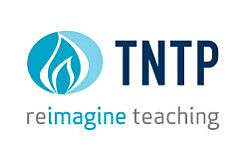Analytics can help students succeed
We collaborate with partners to deliver the right data at the right time to take the right steps to support all students.
Research-Based Analytics
Rigorous, innovative ways of using data to create metrics and illuminate patterns that will help stakeholders better understand their students, teachers, and leaders
Data Collection & Systems
Data warehousing, commonality assessment, and architectural guidance to create structured, query-able, secure, accurate, and up-to-date data from a variety of sources
Reporting & Dashboards
Intuitive, user-centered reporting systems and dashboards that support continuous school improvement by allowing stakeholders to answer analytical questions across multiple sources of data
Supporting Use
Support for the life cycle of programs and policies, including design, implementation, continuous improvement, sustainability, and scale-up
Ed-Fi Infrastructure
What are the first steps to building a robust statewide data infrastructure that ensures local flexibility?
Prioritizing district perspectives, engaging in deep data governance, and a spirit of collaboration are key to success.
Learn More About What are the first steps to building a robust statewide data infrastructure that ensures local flexibility?our partners
We work with the largest education systems in the country, small districts brought together through regional offices of education, state departments of education, leading research institutions and universities, charter management organizations, and fellow non-profit organizations. In each partnership, we bring what we’ve learned across our partners to co-build the right solution. We enjoy collaborating with these organizations to support the success of the millions of students they serve.















